As summer ends, you may be sorting (and labeling) hundreds of digital images from your holiday travels. Or perhaps you used the quiet time to organize family photos, especially those little black and white prints you inherited years ago and squirreled away in a box. Who were these people? Where were they standing? Is that Aunt Mabel? Is that the Grand Canyon in the background?
Archivists face similar problems when they encounter caches of unlabeled family or travel photographs amongst some scientist’s professional correspondence files.
Here is an example of how you might help in identifying one such set.
On August 13, 1925, Science Service managing director Watson Davis sailed to Europe on his first trip abroad. After debarking at Plymouth, England, on August 22, Davis headed to Southampton, where he attended the annual meeting of the British Association for the Advancement of Science. He then traveled to France (where he had an introduction to Marie Curie but did not apparently gain an audience) and to Germany (where he had a brief meeting with Albert Einstein). He returned to the United States on October 10 via the S.S. Republic.
Like tourists today, Davis snapped photographs of the countryside, famous cathedrals, and other sites. He most likely used the same German-made ICA Victrix folding camera he had purchased in May and had used during his western train trip in June and at the Scopes anti-evolution trial in July.
Among dozens of unlabeled photographs in Box 404 of Record Unit 7091 (the same box in which the Scopes photographs were found) are fourteen prints once inside a crumbling brown envelope labeled “England Miscellaneous Views Sept. 1925 W.D.”
We know the photographer and the date. Some of the subjects (e.g., the white cliffs of Dover) seem familiar; others are not so easily recognized.
Can you help the Smithsonian Institution Archives with definitive identification of the sights that Watson photographed in 1925?
Related Resources
- Science Service, Up Close blog post series, The Bigger Picture blog, Smithsonian Institution Archives
Related Collections
- Science Service collections at the Smithsonian Institution Archives
Produced by the Smithsonian Institution Archives. For copyright questions, please see the Terms of Use.

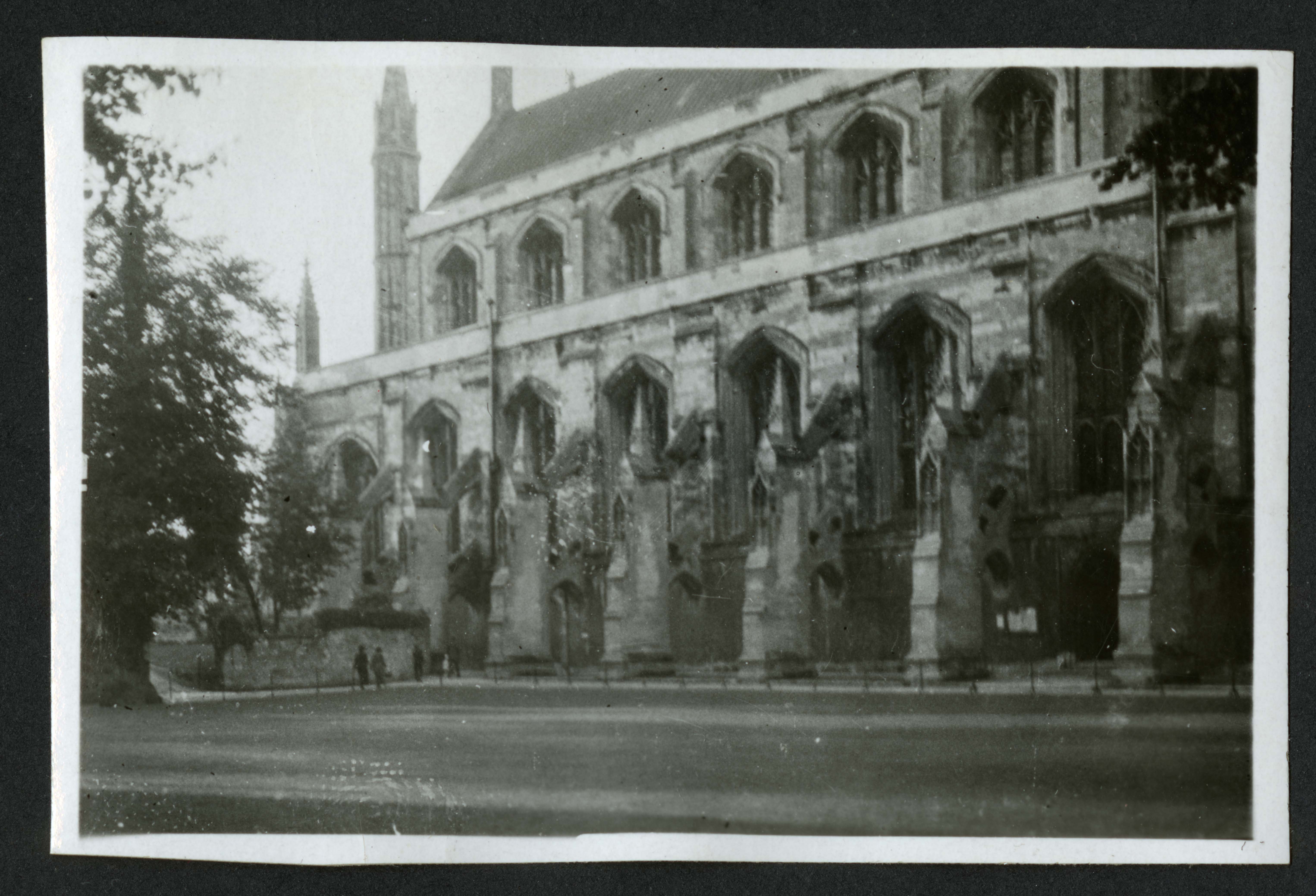

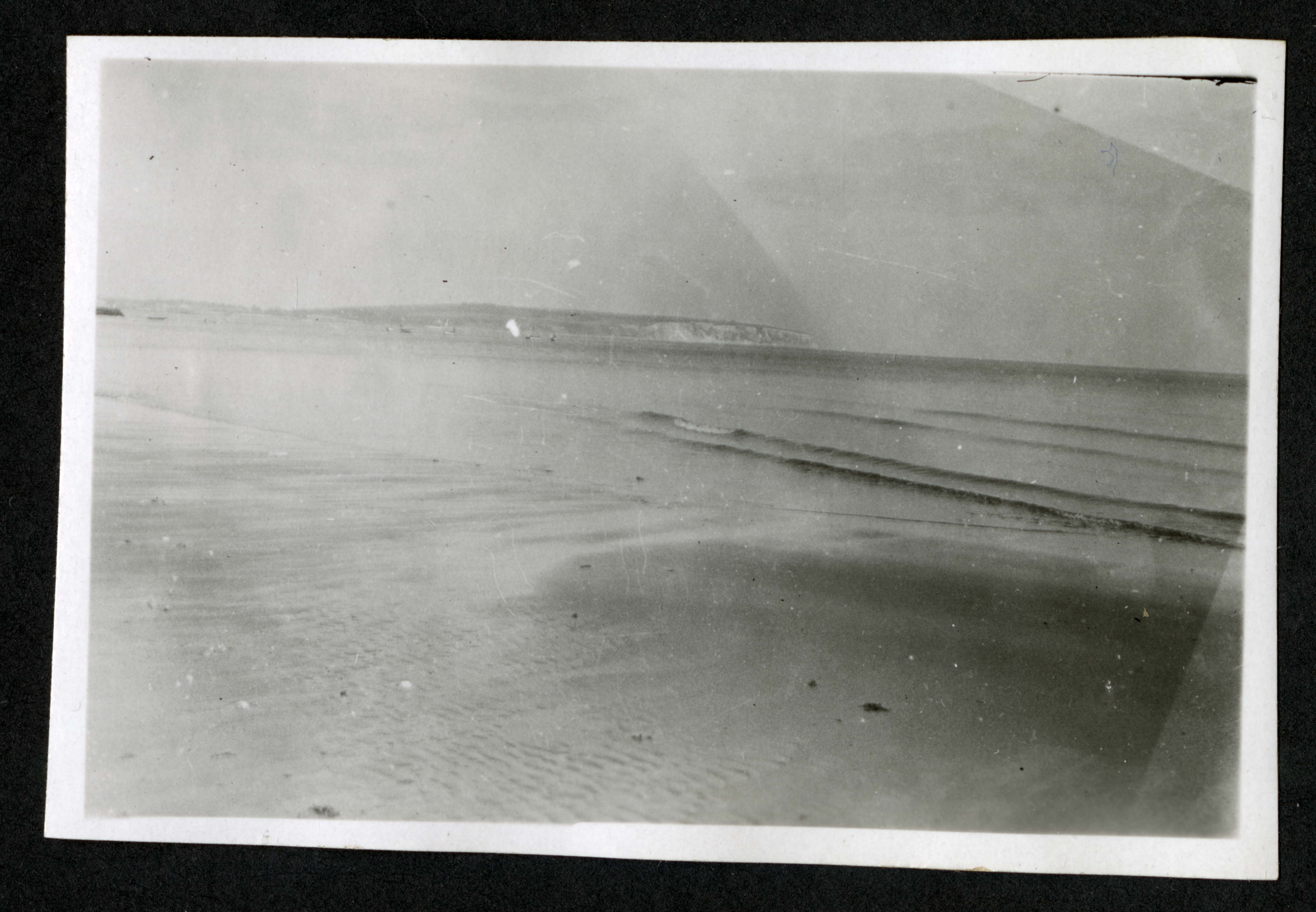


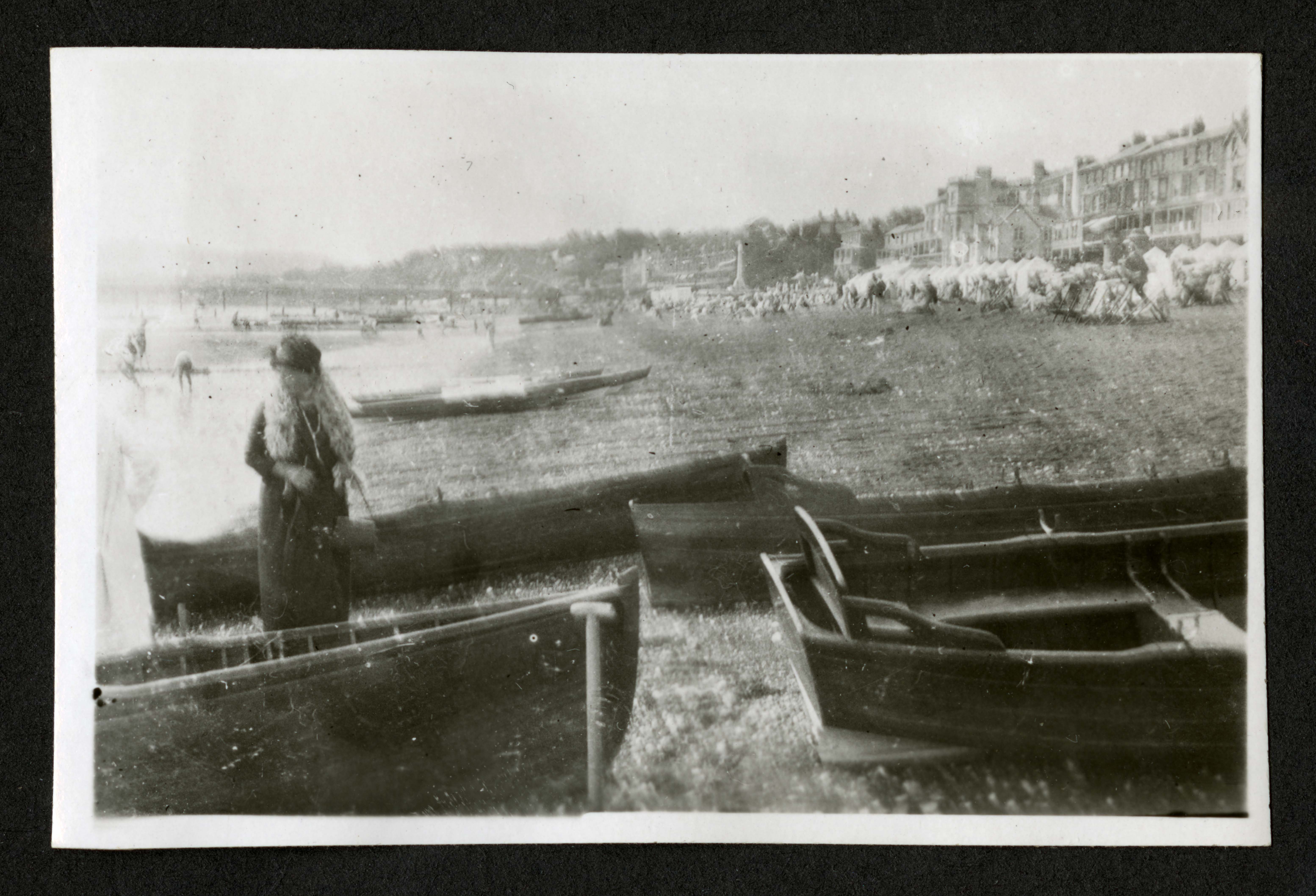
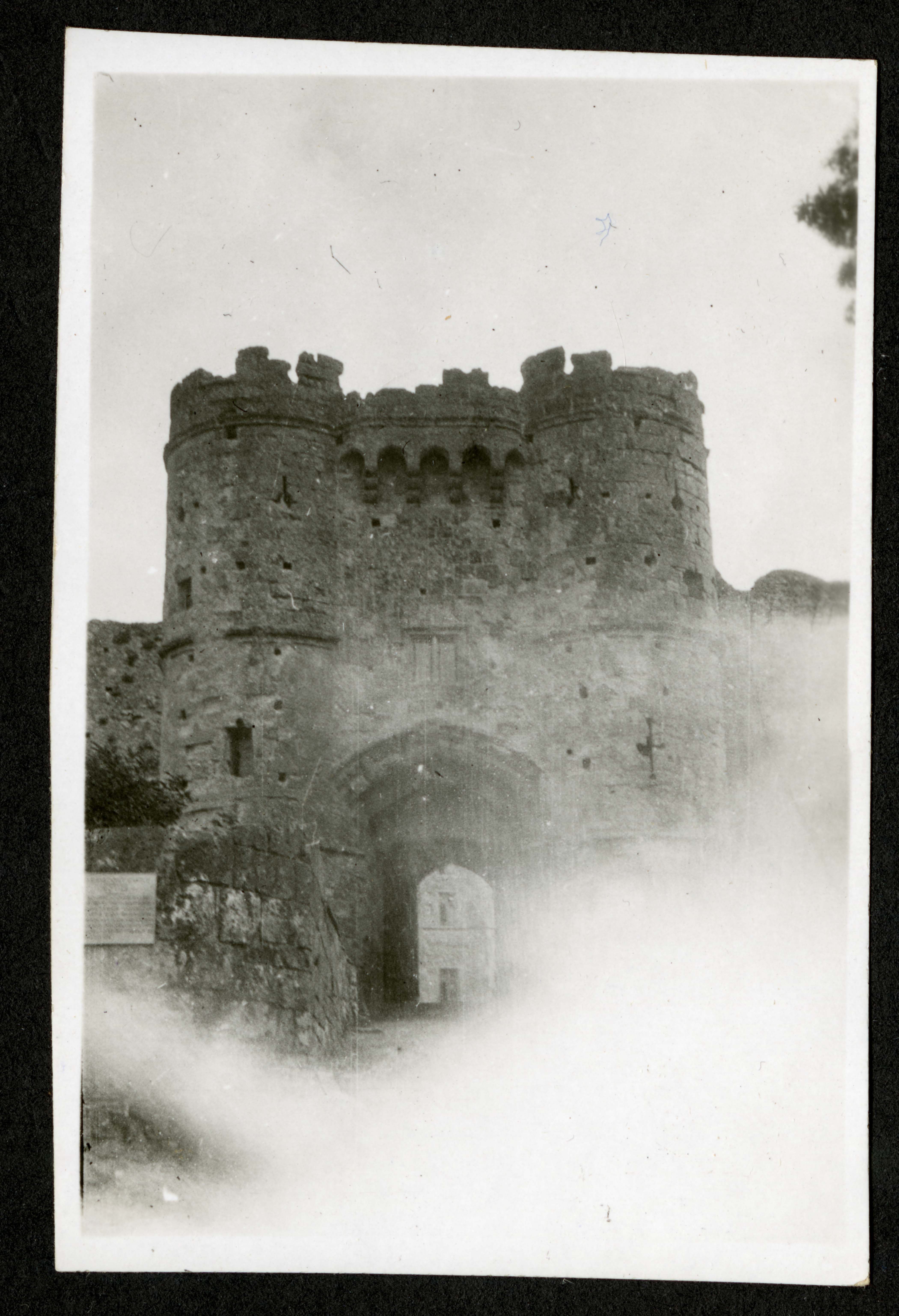
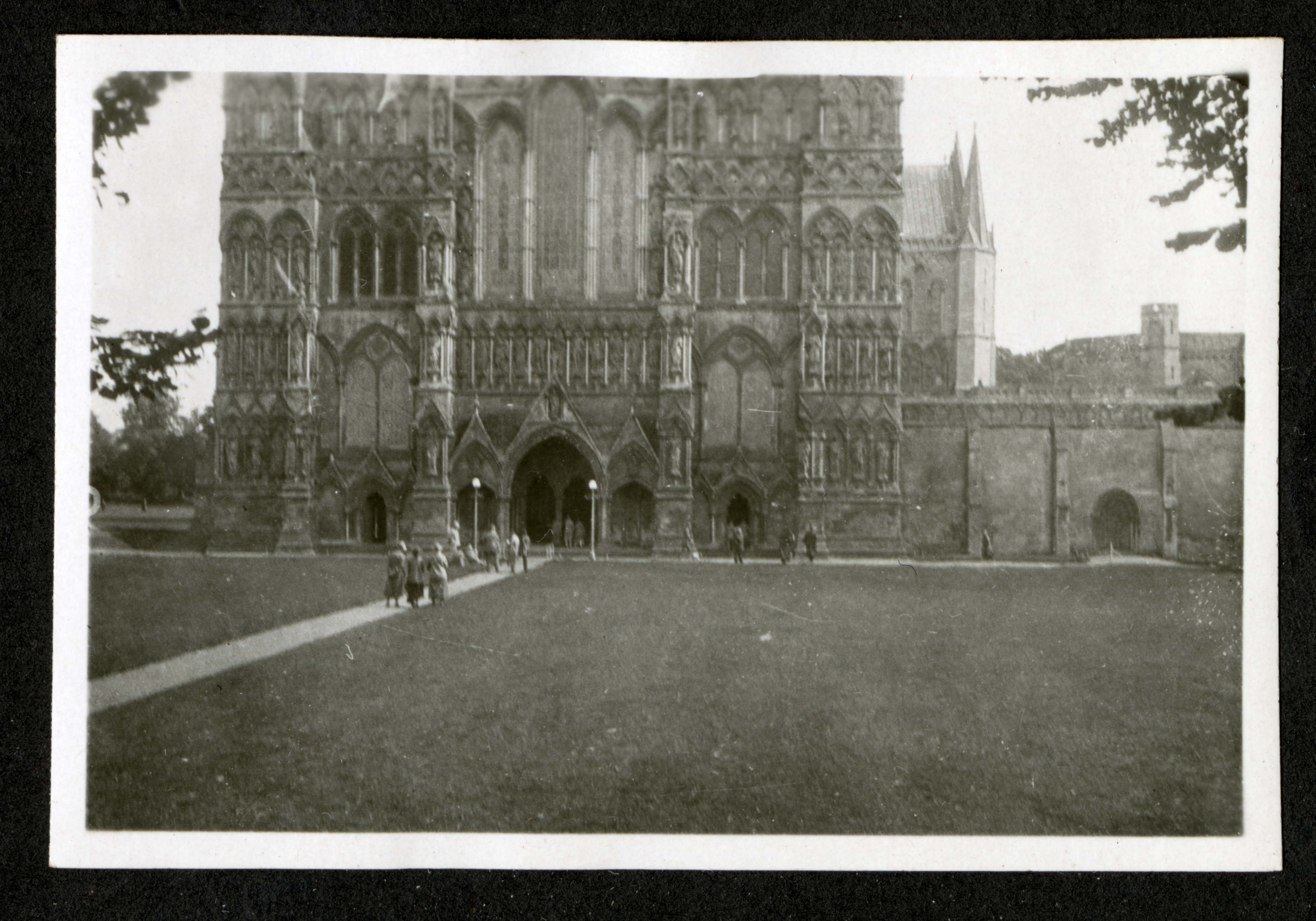



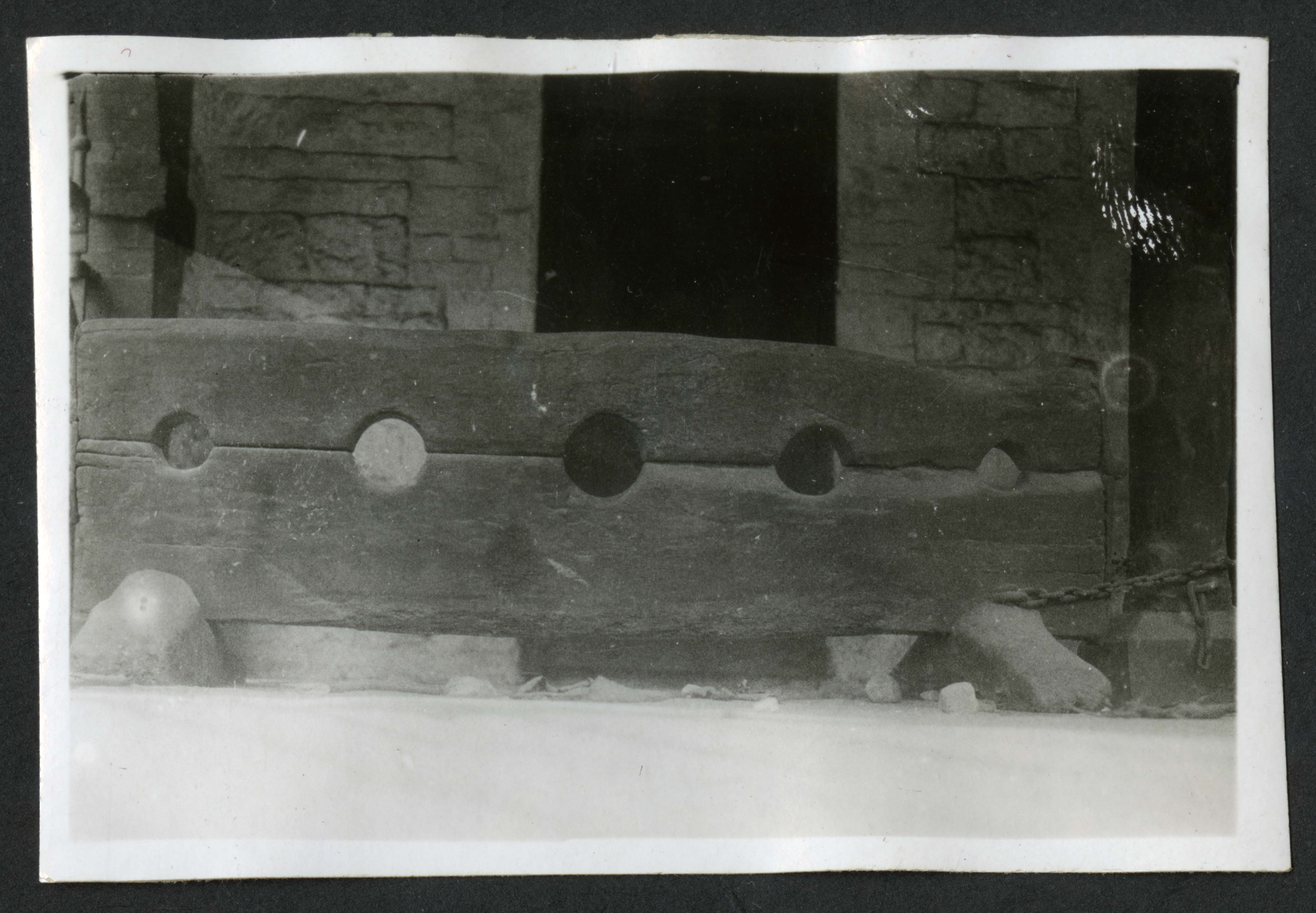
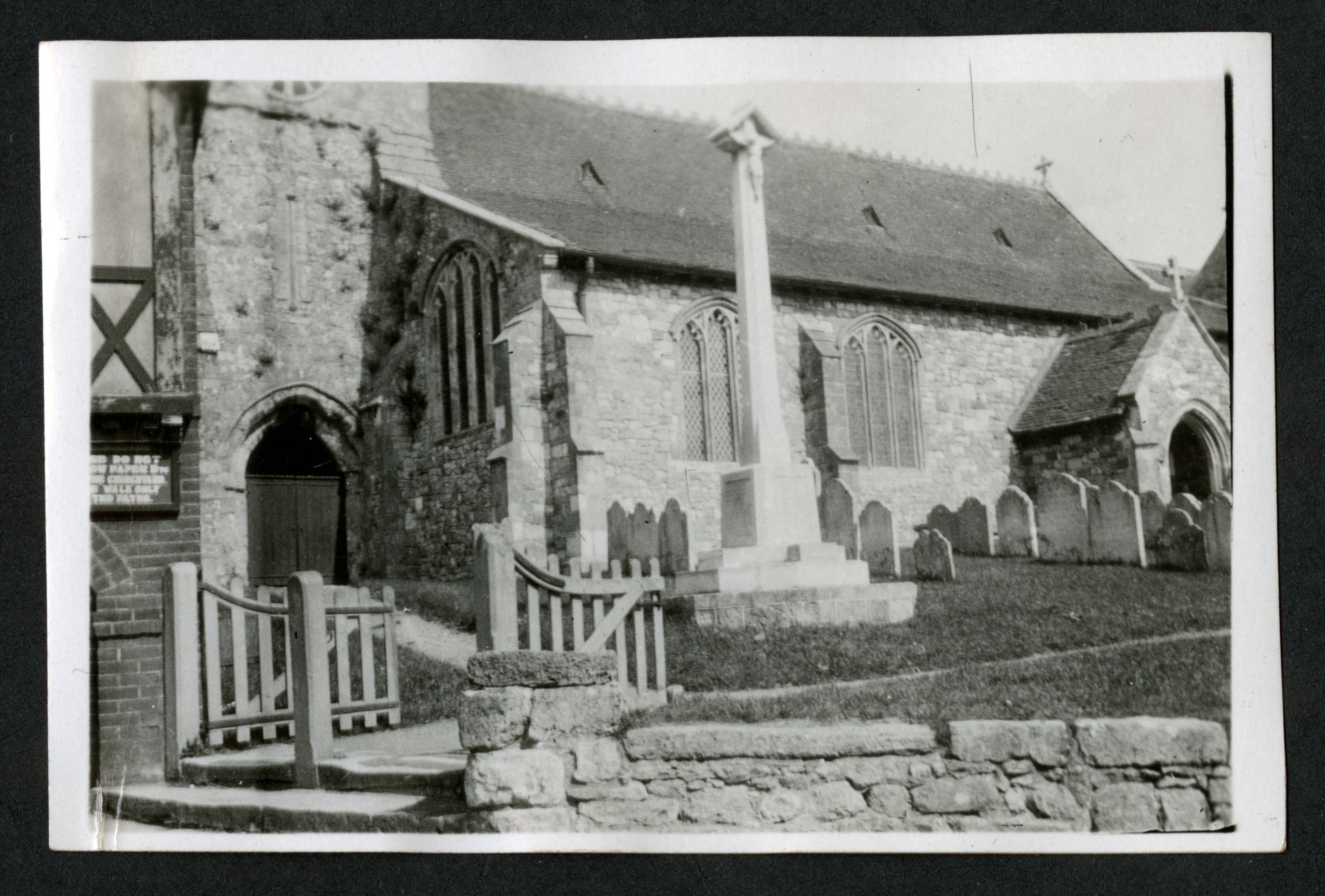

Leave a Comment